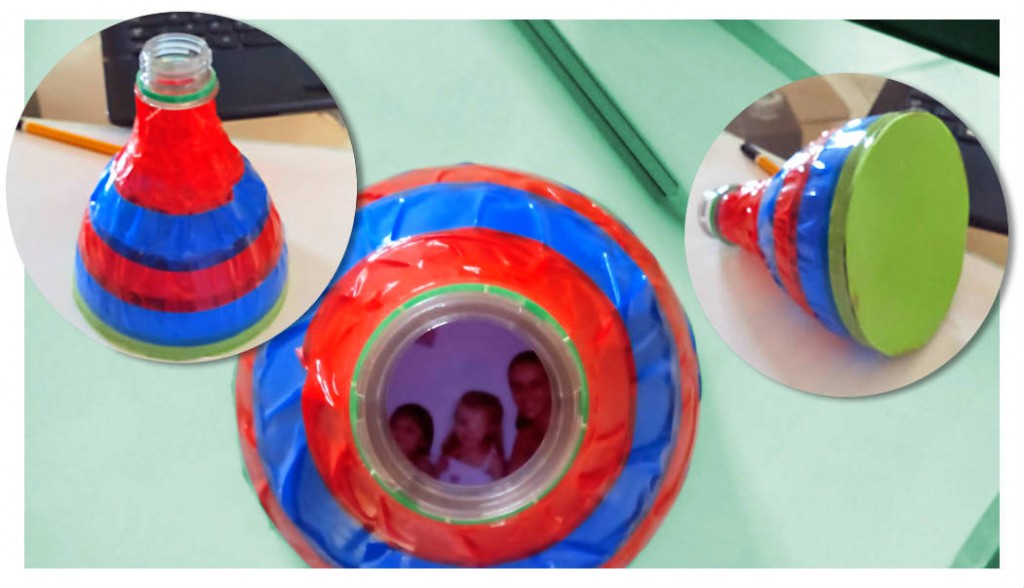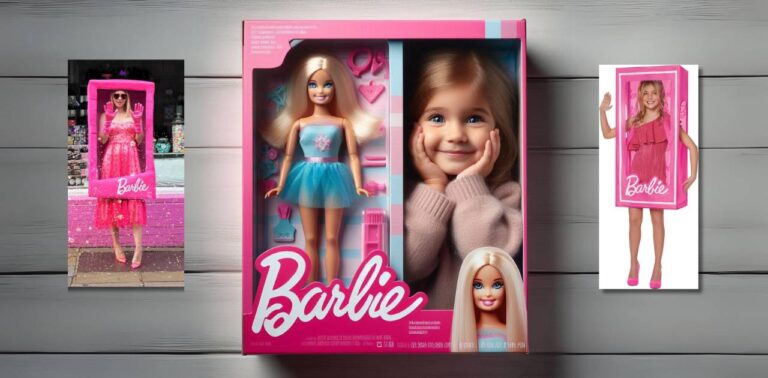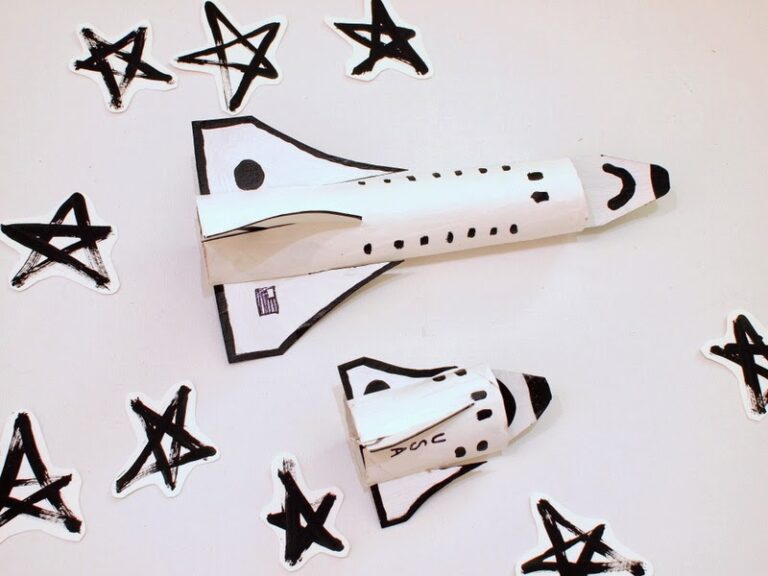Anúncios
In the age of smartphones and digital cameras, the monocular may seem like a relic of the past. However, this little instrument has an interesting history and a fun modern-day application. Originally, the monocular was a small, colorful box fitted with a magnifying lens, designed for viewing photo negatives. These negatives were very small, and the lens allowed details to be magnified for clearer viewing.

The Monocle and Its Characteristics
The monocular is a remarkable example of how ancient technology was adapted to meet specific needs. With a single lens, it allowed one person at a time to view the enlarged image. This unique shape not only provided a detailed view of the negatives, but also created a certain mystery and curiosity, as only one person could view the image at a time.
Recreating with Recyclables
If you are interested in recycling projects, creating a monocle out of PET bottles can be a fun and educational activity. Although this recycled monocle does not have a magnifying function, it can be used as a toy for children. Imagine a game where children try to guess the image inside the monocle. It can be an educational and creative pastime, as well as a great way to introduce the concept of recycling to children.
One of the most interesting aspects of this project is that it turns recyclable materials into fun toys. By using PET bottles, you are not only helping to reduce waste, but also creating an opportunity for children to learn about the importance of recycling in a fun way. Additionally, you can turn this idea into a recycled memory game, where different images are shown in different monocles, making the entertainment even more engaging.
History and Its Cultural Impact
Monoculars peaked in popularity in the late 1950s and were quite common as gift items during the 1980s. They were seen as a novelty item and a collector's item. However, as technology evolved and new devices emerged, monoculars gradually faded from the spotlight and were retired as everyday objects.
The nostalgia associated with monocles makes projects like the recycled monocle even more special. They offer a way for younger generations to connect with the past and also provide an opportunity to explore recycling in a creative way.
Step by step
Creating a recycled monocle is a simple and affordable process. Below is a step-by-step guide to help you get started:
- Necessary Materials:
- PET bottle
- Magnifying glass (can be found in craft stores or repurposed from other objects)
- Scissors
- Hot glue or strong adhesive
- PET Bottle Preparation:
- Clean the PET bottle and remove all labels.
- Cut the top off the bottle, leaving a suitable edge to attach the lens.
- Lens Fixation:
- Place the magnifying glass on the cut part of the bottle.
- Use hot glue or adhesive to secure the lens in place.
- Finalization:
- Decorate the PET bottle as desired, using paints or other recyclable materials.
- Allow to dry completely before use.
Recycling Learning and Practices
If you’re interested in learning more about recycling and crafts, consider exploring specialized courses. A hands-on craft course can be a great way to deepen your knowledge and apply new techniques in a hands-on way. With an affordable cost and the convenience of being online, these courses offer a fun and educational way to develop your skills.
Expand Your Creative Horizons
In addition to creating a recycled monocle, you can explore other creative projects using recycled materials. For example, how about making an elephant out of milk cartons? These projects are not only a fun way to pass the time, but they also help promote recycling and environmental awareness.
Exploring the world of recycling through projects like these is a great way to combine creativity with environmental responsibility. By creating useful and fun objects from recyclable materials, you contribute to a more sustainable and educational future.
Learn how to make other arts by recycling, Click here.
Check out interesting facts about recycling clicking here.




